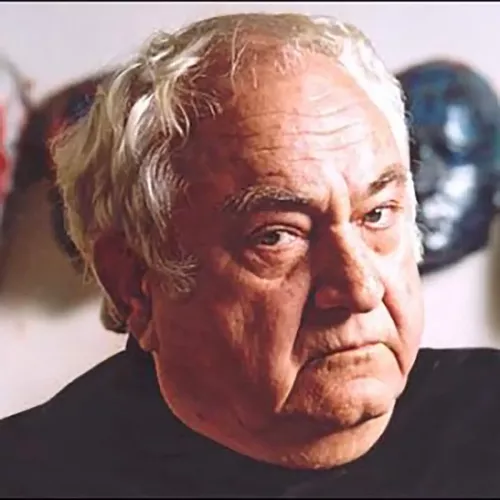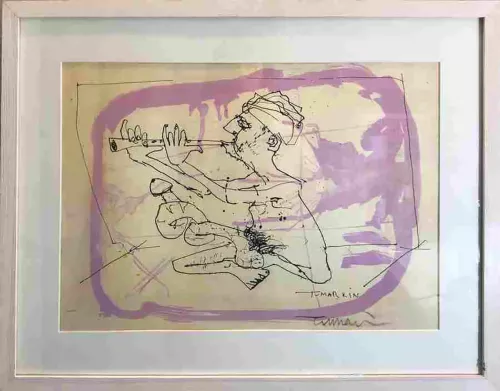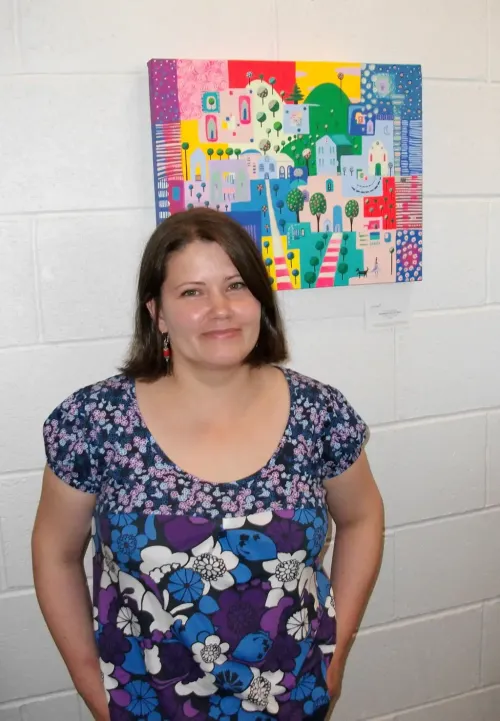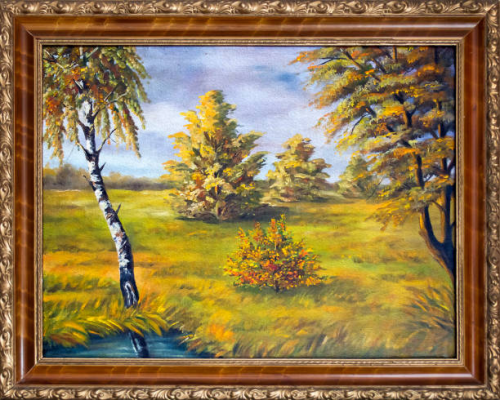Melody in Motion Painting
, 1960
"Melody in Motion" by Igael Tumarkin features a delicate line drawing of a musician playing a flute, accented with soft lavender brushstrokes, conveying a sense of serene creativity.
"Melody in Motion" by Igael Tumarkin measures 48 x 33 cm and showcases the artist's skill in capturing movement and emotion through minimalist line work. The artwork depicts a figure playing a flute, rendered in black ink with intricate, flowing lines. Soft lavender brushstrokes provide a gentle background, enhancing the sense of calm and artistic expression.
Tumarkin's use of light and color is subtle yet effective, with the lavender tones adding a soothing quality to the piece. The style is a blend of abstract and figurative elements, typical of Tumarkin's versatility as an artist. The mood is tranquil and contemplative, inviting viewers to appreciate the simplicity and elegance of the form.
This painting would be an excellent addition to a study, bedroom, or any space where a serene and inspiring atmosphere is desired.
Global delivery managed by our logistics specialists.
Shipping costs, duties, and taxes are not covered in the price.
14-day no-cost return policy (excluding custom-made items).
Track your order using a tracking link sent to your email.
Your order is fully secured against any damage or loss.
Return Policy: 14-day free returns.
Returns are accepted within 14 days. WeArt is fully committed to customer satisfaction: you have 14 days to return an original work. The work must be returned to the artist in perfect condition, in its original packaging. All eligible items can be returned (unless otherwise indicated).

Biography
Igael Tumarkin's unique assemblage style and diverse spatial compositions earned him international acclaim and numerous awards, including the Israel Prize, making him a key figure in Israeli art.
Igael Tumarkin was a prominent Israeli painter and sculptor. Born in Germany, he immigrated to Israel in 1935. In the 1950s, Tumarkin studied painting and sculpture in Ein Hod under the sculptor Rudi Lehmann, deeply influenced by Dadaism and other European art movements.
Early in his career, Tumarkin developed a distinctive style incorporating assemblage, gaining international recognition. In the 1970s, he shifted to different spatial compositions. Alongside his painting, Tumarkin created hundreds of sculptures, many of which are displayed in prominent locations in Israel and around the world.
Throughout his long career, Tumarkin received numerous awards, including the Israel Prize in 2004. His works are part of many private and public collections globally.

































































































































































































































































 in artwork
in artwork
 in artwork
in artwork





































































































